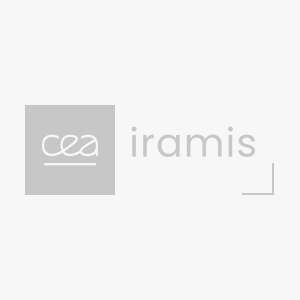Optically pumped atoms are useful for many areas of applied and basic research. One application gaining importance is the use of sodium laser guide stars in astronomy. A ground-based laser excites sodium atoms at ~ 90-100 km altitude in the mesosphere. The back scattered light is used to compensate for atmospheric turbulence by the use of adaptive optics, allowing the angular resolution of telescopes to approach the diffraction limit. Conditions in the mesosphere are different than those in either conventional gas-cell experiments or cooling and trapping experiments. I will discuss some of those differences, and our modeling of it, as well as approaches to optical pumping in the mesosphere. I will also discuss some work on improving the performance of compact gas-cell atomic clocks. Spin-exchange optical pumping of 3He and 129Xe can produce large nuclear polarizations approaching unity, as can metastability exchange optical pumping of 3He. I will discuss our measurements of ~20% metastable 129Xe polarization in a discharge cell. We compare the measured magnetic resonance linewidths to several models of relaxation. Finally I will discuss measurements of solid 129Xe nuclear spin relaxation at low magnetic fields below 40 G.
Princeton University




